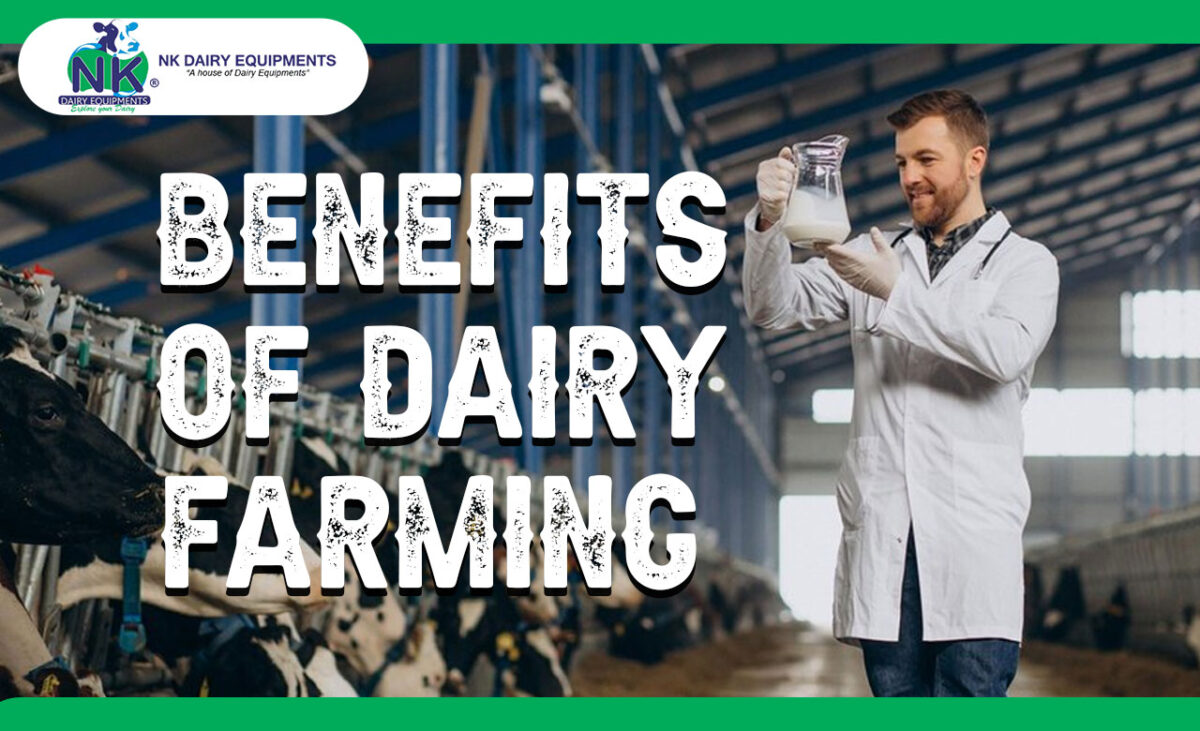Dairy farming aims to raise animals, primarily dairy cows, to produce milk, paneer, ghee, and other dairy products. Dairy farmers prioritize managing their animals’ health, welfare, and milk yield to maximize milk production in terms of both volume and quality. Proper care and quality of dairy farming help increase the number of dairy products, and for making quality khoya, khoya machines are available.
What is the definition of dairy farming and animal care?
- Dairy farming: A subset of agriculture known as dairy farming involves the breeding, growing, and use of dairy animals, primarily cows, to generate milk and other processed dairy products. The buffalo and cows are the leading producers of milk for human consumption. In Egypt, China, India, and other Asian nations, goats are an essential source of milk. Although goat milk is produced in North America and Europe, it is less significant than cow’s milk. To take more ghee from the milk butter, the best companies planted a ghee plant.
- Animal care: The term animal care describes giving medical, psychological, and physical assistance to maintain the health and welfare of animals. This entails giving adequate rest, food, exercise, grooming, and medical care as required. In addition to providing for animals’ behavioral and social needs, animal care also entails fostering their physical and mental well-being and establishing secure, stimulating settings.
What are the benefits of dairy farming?
As with any agricultural endeavor, dairy farming has several advantages for both farmers and society at large. Here are a few of the main advantages:
- Nutritious Food Production: Dairy farming produces a consistent amount of foods rich in vitamins, calcium, and other necessary nutrients, like butter, cheese, yogurt, and milk.
- Economic Contribution: Dairy farming makes a substantial contribution to the economy by giving farmers a source of income, creating jobs in rural regions, and bolstering associated sectors like transportation, equipment manufacturing, and feed production.
- Support for Livelihood: For families in rural regions, dairy farming can be a source of income that helps to reduce poverty and provide a means of self-sufficiency.
- Land Use: Grasslands and other areas of land that might not be appropriate for different kinds of agriculture are frequently used for dairy production. This aids in stopping land deterioration and making efficient use of resources.
- Soil Fertility and Management: Sustainable agricultural practices and improved soil fertility can result from well-managed dairy farms, which include recycling organic matter through manure.
- Environmental Benefits: By fostering biodiversity, storing carbon in soils, and offering homes for wildlife, well-managed dairy farms can have a positive impact on the environment.
- Community Development: Dairy farms frequently significantly impact rural communities, promoting social cohesiveness and offering chances for involvement and assistance.
- Agriculture Sector Diversification: Dairy farming increases agricultural sector diversity by lowering reliance on a single crop and bolstering resilience against market swings.
- Food Security: Dairy farming contributes to food security and stability by helping to meet the world’s expanding demand for dairy products.
- Research and Innovation: Advances in animal nutrition, genetics, and management techniques are made possible by dairy farming, which also boosts production and sustainability.
Nowadays, advanced technology is used for dairy farming. If you are looking for dairy equipment in Ludhiana, then contact NK Dairy Equipments.




